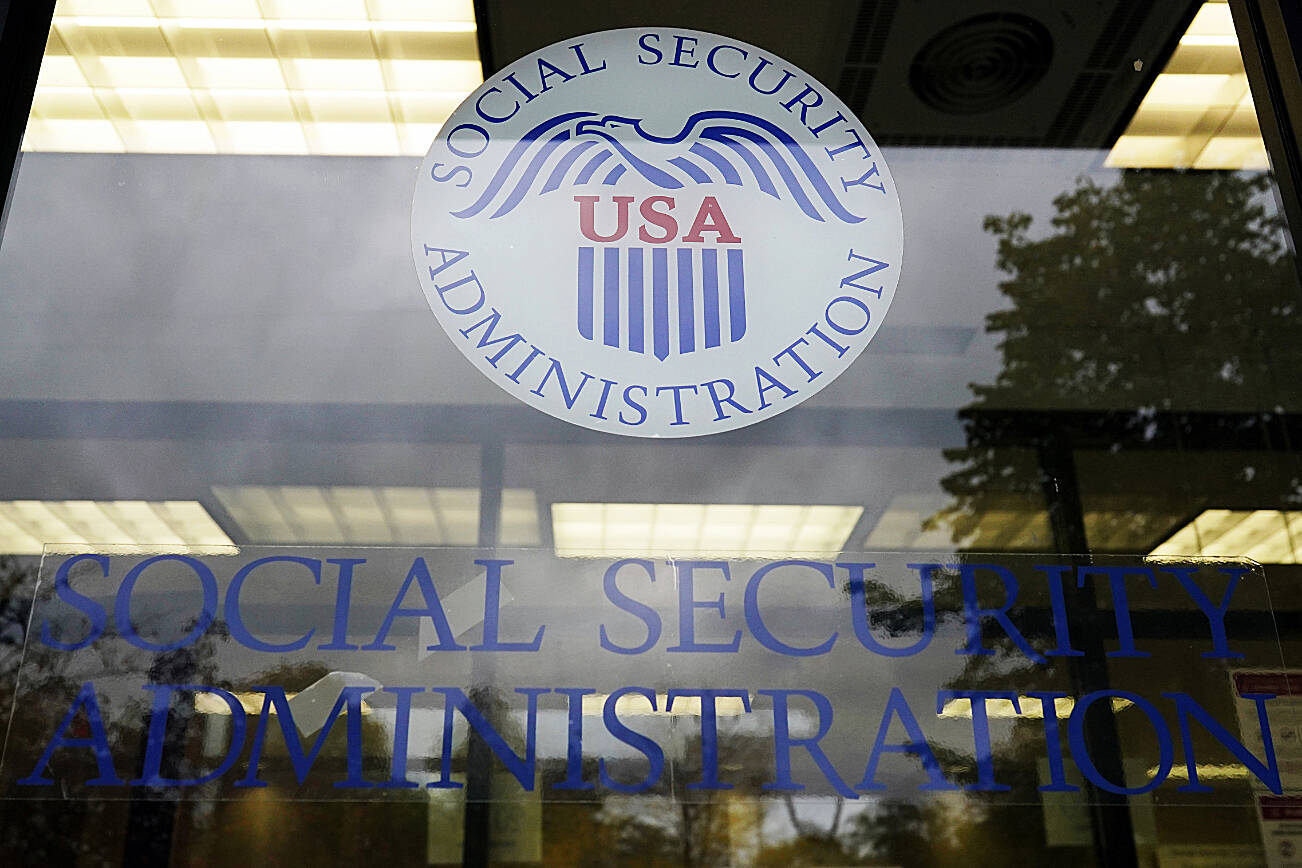By The Herald Editorial Board
For those who have made plans to be around — and collecting Social Security — 11 years from now, take note of that year; along with being a year short of the centennial for the venerable and widely depended-upon entitlement program, 2034 also may be the date when Social Security’s monthly benefit is reduced by about 23 percent because of the complete hollowing out of the trust fund that had been built since 1935.
That’s the latest estimate from the Social Security and Medicare Boards of Trustees in their annual assessment of the sustainability of the trust funds from which Social Security, Medicare and other similar benefits are paid.
As of last year, Social Security’s trust fund — officially the Old Age and Survivors Trust Fund — began paying out more benefits to retirees and other beneficiaries than it took in from current workers’ paychecks and the fund’s interest income, meaning it had to dip into the trust fund itself to make full payments. By 2034 only 77 percent of scheduled benefits will be payable.
The latest trustees’ report actually extends the depletion date out a year from its 2021 report. But at the same time, the recent announcement of an 8.7 percent cost-of-living increase to Social Security payments starting in January — while good news for current retirees struggling with inflation — could again shorten the timeline in future reports as more is paid out of the trust fund. For Medicare, which is supported by the Hospital Insurance Trust Fund, next year will mark the first year that benefits will exceed contributions and interest income, but its trust fund is now scheduled to be depleted as soon as 2028 and will pay out only 90 percent of benefits, declining to 80 percent by 2046.
The issue received some attention during the election season for congressional midterms, but most frequently as a line in attack ads and with little meaningful detail as to how best to protect the sustainability of Social Security and Medicare.
A handful of Republicans in the Senate and House, selling the message to the GOP’s base as cost-cutting measures, had floated earlier trial balloons that suggested raising the programs’ retirement age to 70, reducing some benefits and requiring both to win congressional funding either every year or every five years. But those proposals were extended when most were expecting a “red wave” of Republican wins to deliver significant GOP leverage in the House and possibly the Senate. In case you missed it, that’s not what happened; the Democrats have retained control of the Senate, and the Republicans on Wednesday learned they will have a slim majority in the House.
There are proposals — some simple, others more involved — that have previously come before Congress.
Among the more notable fixes: an increase or adjustment of the cap at which income is taxed for the programs. Currently, workers and their employers each pay a 6.2 percent payroll tax for Social Security and 1.45 percent tax for Medicare, but that tax is capped at $147,000 in annual income. Make more than that and you don’t pay tax on the additional income.
Legislation proposed in 2019, the Social Security 2100 Act, would have kept the current cap, but would have resumed the payroll tax for those making more than $400,000 a year. It also seeks a modest increase in the payroll tax over time.
More recently, Sens. Bernie Sanders, I-Vt., and Elizabeth Warren, D-Mass., have proposed the Social Security Expansion Act, which would increase the threshold to $250,000 a year and would also levy a 12.4 percent tax on investment and business income, extending the program’s solvency until at least 2096, while increasing benefit payments.
Other proposals have suggested slowing the growth of benefits, depending on income; gradually increasing the retirement age, while still allowing a benefit for those 62 and older who can no longer work; and automatically enrolling workers in supplemental retirement accounts, allowing those enrolled in 401(k) or IRA investments to opt out.
Another proposal introduced last year, wouldn’t directly solve the problem of declining trust funds for the programs, but could help make the issue clearer for future beneficiaries.
Introduced by Sen. Ron Wyden, D-Ore., and cosponsored by Sen. Patty Murray, D-Wash., the Know Your Social Security Act would require the Social Security Administration to mail annual statements to workers 25 and older, reporting what they can expect in benefits when they retire. Since 2011, the SSA has provided those statements, but only to a limited group of workers, those 60 and older who have not registered for an online statement account with SSA.
An annual reminder of what workers can expect at retirement — especially one that reflects a significant drop in benefits as of 2034 — could motivate workers to better plan for their own retirement investments and could also move them to push Congress for solutions.
The divided government that voters delivered on Nov. 8 could complicate efforts to find a compromise that delivers better sustainability to the trust funds.
But that doesn’t change the urgency to find a path toward future solvency for Social Security and Medicare. Social Security’s 100th year shouldn’t be marked with a round of cuts for those who have paid into it for their entire careers.
Talk to us
> Give us your news tips.
> Send us a letter to the editor.
> More Herald contact information.

























